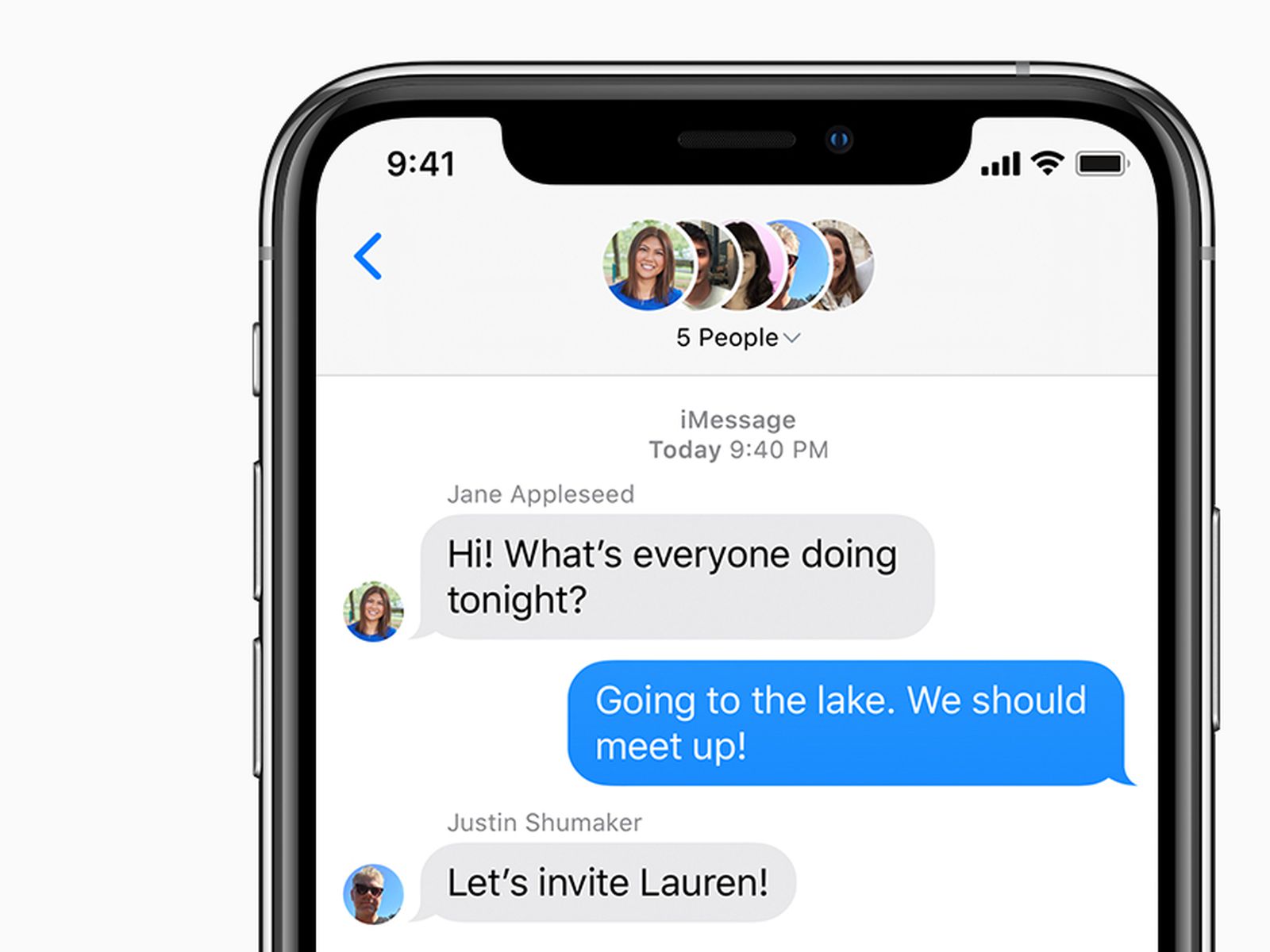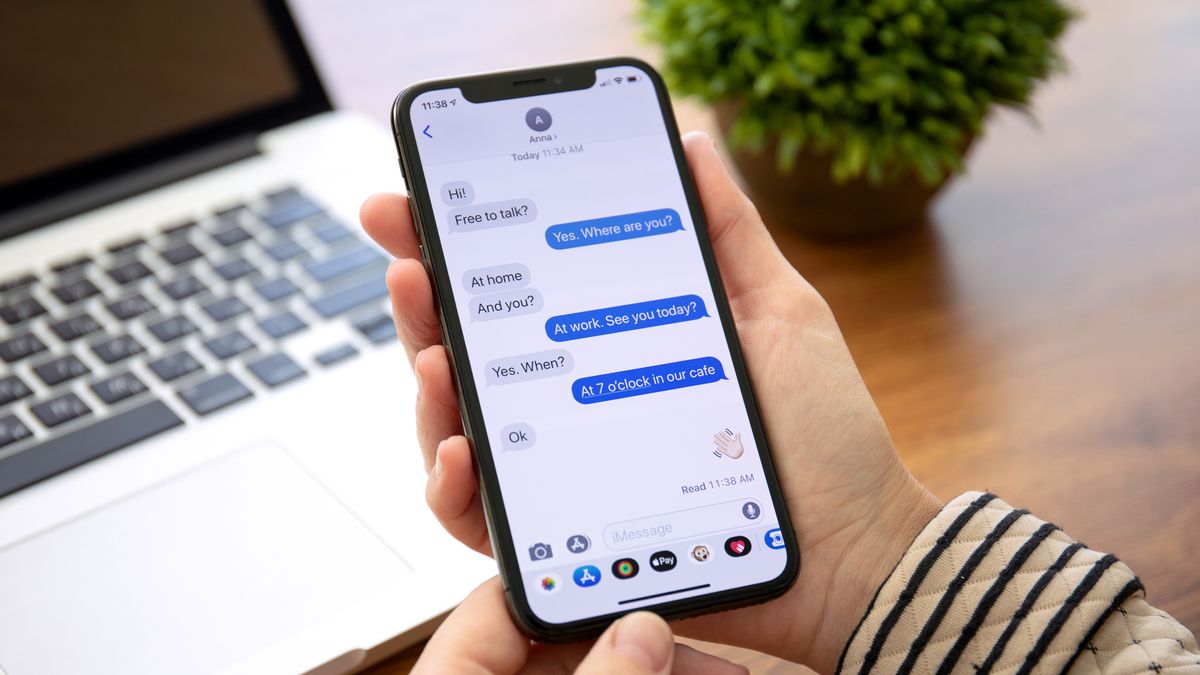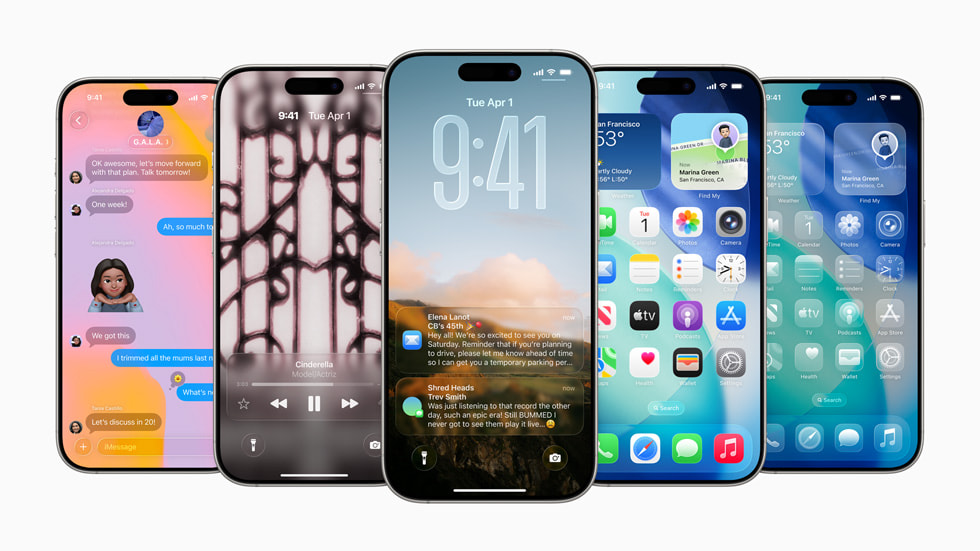The digital world, for all its convenience, is a battlefield. Lurking in the shadows are cybercriminals constantly devising new ways to pilfer personal information. A recent trend has emerged, targeting iPhone users with a clever social engineering tactic that exploits a little-known iMessage behavior. This isn’t a sophisticated technical hack, but rather a manipulation of human behavior, making it all the more insidious.
The core of the issue lies in how iMessage handles links from unknown senders. For security reasons, iMessage automatically disables hyperlinks in messages from numbers not saved in your contacts. This is a crucial defense against phishing attempts, preventing accidental clicks on malicious websites. However, a loophole exists: if the recipient replies to the message or adds the sender to their contacts, those previously inactive links suddenly become live. And this is precisely what scammers are now exploiting.
Imagine receiving a text message seemingly from a reputable organization, perhaps a delivery service like FedEx or a local toll authority. The message might claim a missed delivery or an outstanding balance, prompting immediate action. Crucially, the message includes a link, but initially, it’s not clickable. The message might also include a seemingly innocuous instruction, such as “Reply STOP to unsubscribe” or “Reply NO to decline.” This is the hook.
The scammers are banking on the user’s natural inclination to respond, especially if the message creates a sense of urgency or concern. By replying, even with a simple “STOP” or “NO,” the user inadvertently activates the embedded link. This seemingly harmless action opens the door for the scammers to direct the victim to a fraudulent website designed to steal personal data, such as login credentials, credit card numbers, or other sensitive information.
This tactic preys on the familiarity of legitimate business practices. Many companies use automated text messages for notifications, often including instructions to reply with specific keywords. Scammers are mimicking this practice, creating a sense of legitimacy and trust. The surge in SMS phishing (smishing) attacks asking recipients to reply with “Y” to “activate” supposedly legitimate links further blurs the lines.
The implications are significant. While tech-savvy users might quickly recognize these attempts for what they are, less experienced users, particularly older individuals, are significantly more vulnerable. They may not be aware of this specific iMessage behavior and are more likely to fall for the social engineering trick.
So, how can you protect yourself? The most effective defense is simple: never reply to suspicious messages from unknown senders. If you receive a message from an unfamiliar number containing a link, regardless of how urgent or official it appears, resist the urge to respond. If you are genuinely concerned about a potential issue with a delivery or account, contact the organization directly through their official website or phone number, not through the information provided in the suspicious message.
Beyond this crucial advice, iPhone and iPad users can also utilize message filtering. This feature sorts messages from non-contacts into a separate list within the Messages app, providing a clearer view of potential spam. To enable this, go to Settings > Messages and toggle on “Filter Unknown Senders.” This won’t block the messages entirely, but it will help you manage them more effectively.
It’s important to remember that message filtering isn’t foolproof. Legitimate messages from delivery services, banks, or other essential services might occasionally end up in the filtered list. Therefore, it’s crucial to exercise caution and not automatically dismiss a filtered message as malicious. However, as previously stated, you cannot click links in messages from unknown senders until you either add them to your contacts or reply to their message, and this is a deliberate security measure.
In the ever-evolving landscape of cyber threats, vigilance is key. By understanding how these scams operate and adopting simple precautionary measures, you can significantly reduce your risk of falling victim to these subtle yet effective phishing attacks. The key takeaway is to be skeptical, avoid reacting impulsively to messages from unknown sources, and always verify information through official channels.








